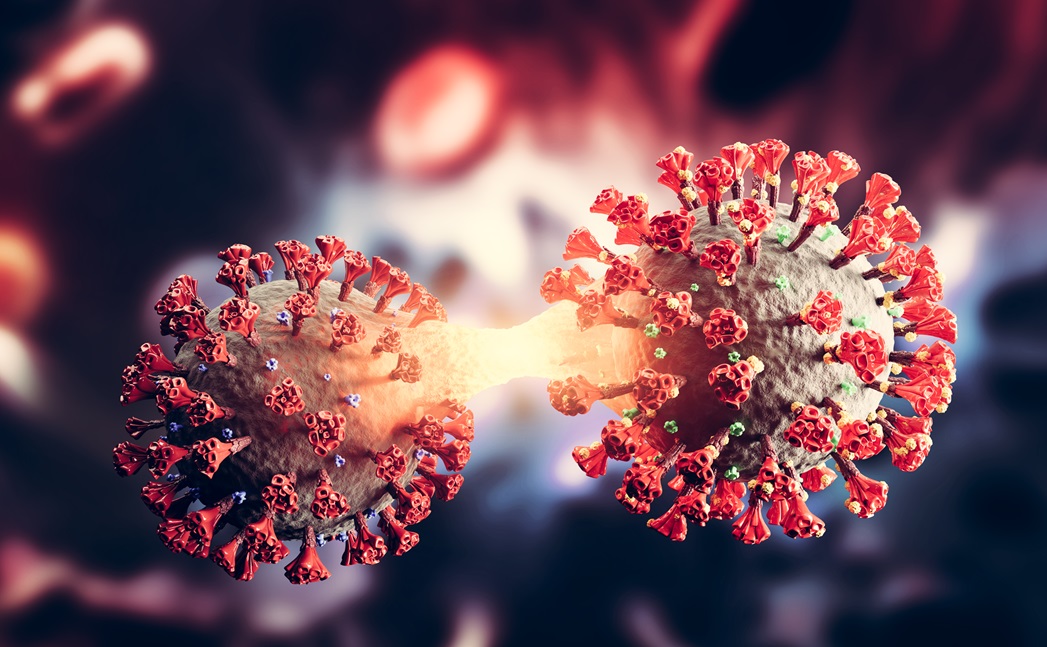The Role of Viral Vector Manufacturing in Modern Medicine

Viral vector manufacturing is a key player in modern medicine, particularly in gene therapy and vaccine development. By using viruses to deliver genetic material, researchers can treat and prevent many diseases effectively. This method has transformed how we approach genetic disorders and infectious diseases, offering new hope for patients and healthcare providers alike. As the technology advances, its potential applications continue to expand, making it a critical area of study and development.
Understanding Viral Vectors
Viral vectors deliver genetic material into cells, harnessing viruses’ natural ability to infect host cells. The main types are adenoviral vectors, lentiviral vectors, and adeno-associated viral (AAV) vectors. Adenoviral vectors are known for their efficiency, being able to infect both dividing and non-dividing cells. Lentiviral vectors, derived from retroviruses, are capable of integrating into the host genome, providing long-term gene expression. AAV vectors are particularly valued for their safety and effectiveness, making them a popular choice for gene therapy. These vectors are engineered to remove pathogenic genes and replace them with therapeutic ones, ensuring patient safety while delivering the desired genetic material.
Applications in Medicine
Viral vectors are essential for correcting genetic disorders by delivering functional genes, benefiting conditions like hemophilia and certain cancers. Gene therapy using viral vectors has shown promising results in clinical trials, offering potential cures for previously untreatable diseases. Additionally, viral vectors play a crucial role in vaccine development, such as COVID-19 vaccines. By delivering antigens directly to cells, these vectors induce strong immune responses without the need for live pathogens. This method not only ensures safety but also enables rapid vaccine development, which is crucial during pandemics.
Manufacturing Process
Producing viral vectors involves several steps: designing the vector to include therapeutic genes, culturing host cells in bioreactors, transfecting the modified genome into host cells, harvesting and purifying viral particles, and ensuring quality control through rigorous testing. Vector design involves modifying the viral genome to disable its replication ability and include the therapeutic gene. Cell culture requires growing a large number of host cells in controlled conditions. Transfection is the process of introducing the modified genome into these cells to produce viral particles. Harvesting involves collecting these particles from the culture, followed by purification to remove any contaminants. Finally, quality control tests are conducted to ensure the viral vectors are safe and effective for clinical use.
Challenges and Innovations
Viral vector manufacturing faces challenges like scalability, safety, and regulatory compliance. Producing enough vectors to meet clinical demand while maintaining high quality is a significant hurdle. Ensuring that viral vectors do not integrate into the host genome in harmful ways is crucial for patient safety. Meeting stringent regulatory standards for clinical use adds another layer of complexity. However, innovations such as advanced bioreactor designs, improved purification techniques, and novel vector designs are addressing these issues, enhancing safety and efficacy. These advancements are making viral vector manufacturing more efficient and reliable, paving the way for wider application in medicine.
Economic Impact
The economic impact of viral vector manufacturing is substantial. As the demand for gene therapies and advanced vaccines grows, the market for viral vectors is expanding rapidly. Companies investing in this technology are seeing significant returns, driven by the successful deployment of viral vector-based treatments. This growth not only boosts the biotech industry’s economic footprint but also attracts more investment into research and development, fostering innovation and competition. As manufacturing processes become more efficient and scalable, the cost of producing viral vectors is expected to decrease, making these therapies more accessible to a broader population. The economic benefits extend beyond direct revenue, including job creation, advancements in related technologies, and overall improvements in public health outcomes.
Case Study: COVID-19 Vaccines
The swift development of COVID-19 vaccines, particularly those using adenoviral vectors like the Oxford-AstraZeneca and Johnson & Johnson vaccines, underscores the importance of viral vector technology. These vaccines have demonstrated the ability to be produced quickly and induce robust immune responses, highlighting the potential for viral vectors in future pandemics. The success of these vaccines has showcased the versatility and efficiency of viral vector platforms, making them a valuable tool in the fight against infectious diseases. The rapid response to COVID-19 has set a new standard for vaccine development, demonstrating the critical role of viral vector technology in global health.
Conclusion
Viral vector manufacturing is revolutionizing how we approach treatment and prevention of diseases. As technology advances, the efficiency, safety, and scalability of viral vector production will continue to improve, paving the way for new therapeutic possibilities. By understanding and overcoming the current challenges, we can harness the full potential of viral vectors in modern medicine. The future of healthcare is bright with the promise of viral vector technology, offering new solutions for complex medical challenges and improving patient outcomes worldwide.





Leave a Reply
Want to join the discussion?Feel free to contribute!